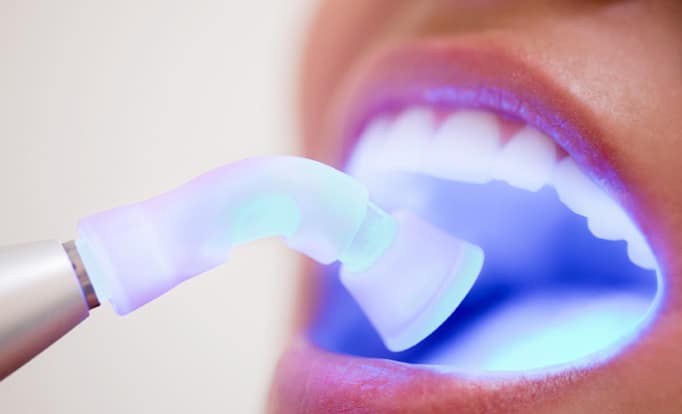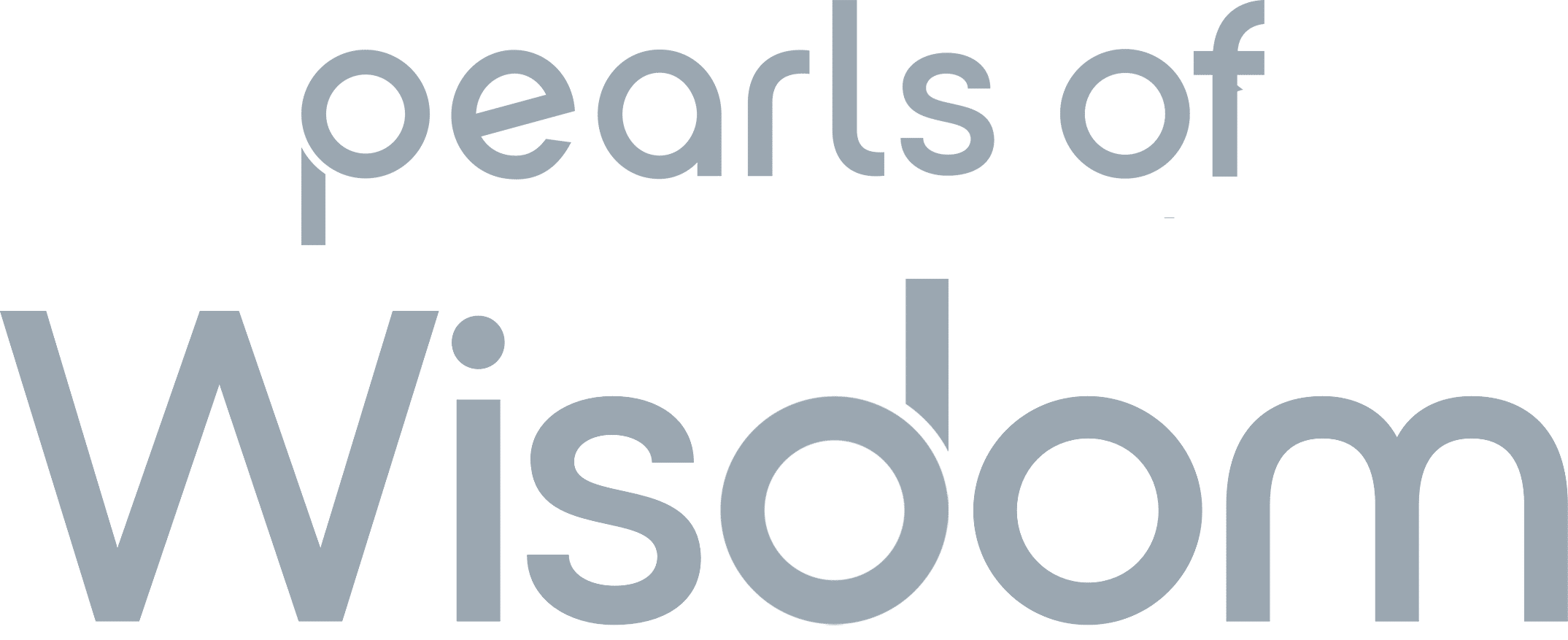
The Latest Advancements In Oral Cancer Screening Techniques
Oral cancer is a serious and potentially life-threatening condition affecting thousands worldwide. Early detection improves oral cancer patient’s prognosis and treatment outcomes. In recent years, advancements in oral cancer screening techniques have revolutionized the field, allowing for more accurate and efficient detection of this disease. In this article, we will explore the latest advancements in oral cancer screening techniques and their significance in the early detection and prevention of oral cancer.
Brush Biopsy
A brush biopsy is a minimally invasive technique that involves collecting cells from suspicious areas of the oral cavity using a small brush. These cells are then examined under a microscope to detect abnormalities or precancerous changes. Brush biopsy offers a non-invasive and relatively painless method of screening for oral cancer, providing valuable information for further diagnosis and treatment planning.
Salivary Diagnostics
Saliva contains a wealth of information about a person’s health, including biomarkers that can indicate the presence of oral cancer. Advancements in salivary diagnostics have enabled researchers to develop tests that detect specific biomarkers associated with oral cancer. These tests are non-invasive, cost-effective, and can be easily incorporated into routine dental check-ups, making them a promising tool for early oral cancer detection.
Fluorescence Visualization
Fluorescence visualization utilizes a specialized light source that helps detect abnormal tissue changes in the oral cavity. When the oral tissues are exposed to this light, healthy tissues appear normal, while potentially cancerous or precancerous areas emit fluorescence, indicating the need for further examination or biopsy. This technique enhances the ability to identify suspicious areas that may not be visible to the naked eye, improving the chances of early detection.
Optical Coherence Tomography (OCT)
Optical coherence tomography (OCT) is a high-resolution imaging technique that provides detailed cross-sectional images of oral tissues. By analyzing the light waves reflected from the tissues, OCT can identify subtle changes in the structure of the oral tissues, which may indicate the presence of oral cancer. This non-invasive and real-time imaging technology assists in the early detection of oral cancer and aids in precise treatment planning.
DNA Methylation Analysis
DNA methylation analysis is a molecular technique that examines the chemical modifications of DNA molecules in oral cells. Researchers have identified specific DNA methylation patterns associated with oral cancer, which can be detected through advanced laboratory methods. This approach shows promise in identifying individuals at a higher risk of developing oral cancer and can aid in early detection and intervention.
Artificial Intelligence (AI) And Machine Learning
Artificial intelligence (AI) and machine learning algorithms are being developed and trained to analyze large datasets of patient information, including imaging, medical records, and risk factors. These algorithms can assist in the early detection of oral cancer by identifying patterns and abnormalities that may not be apparent to human observers. AI-based screening tools can potentially improve the accuracy and efficiency of oral cancer diagnosis.
The Bottom Line
The latest advancements in oral cancer screening techniques have significantly improved this disease’s early detection and prevention. Brush biopsy, salivary diagnostics, fluorescence visualization, optical coherence tomography, DNA methylation analysis, and AI-based screening tools contribute to more accurate and efficient oral cancer screening. These advancements empower dental professionals to detect oral cancer at its earliest stages, enabling timely intervention and improving patient outcomes. Regular oral cancer screenings, incorporating these innovative techniques, should be a standard part of dental care, promoting early detection and reducing the impact of oral cancer on individuals’ lives.



